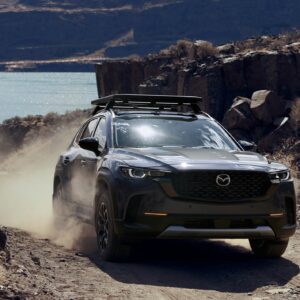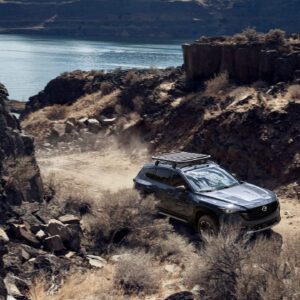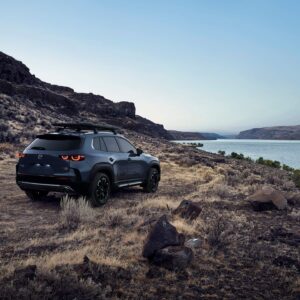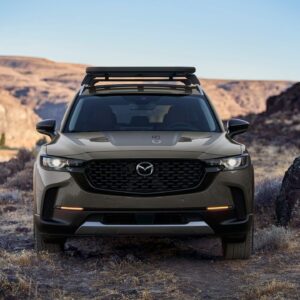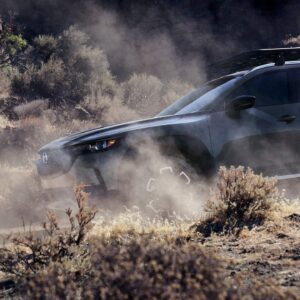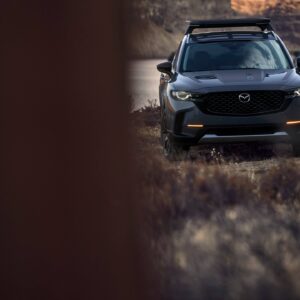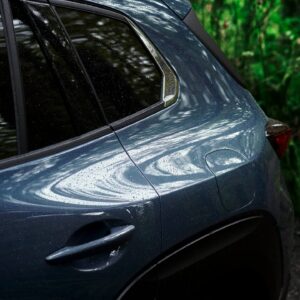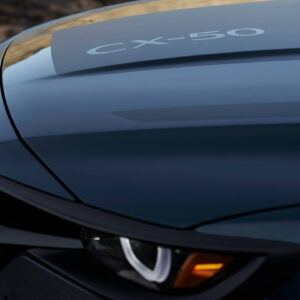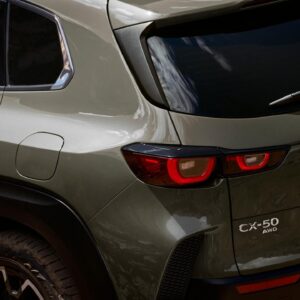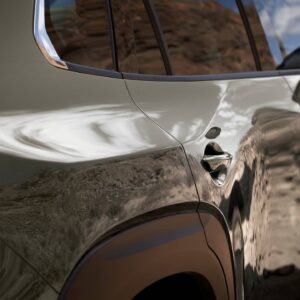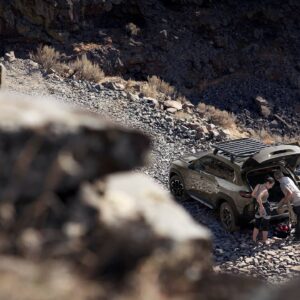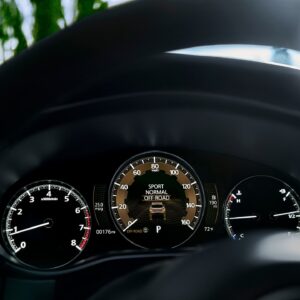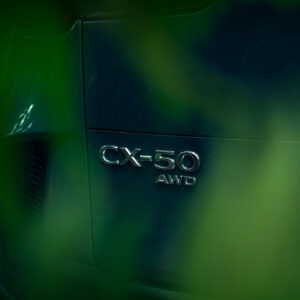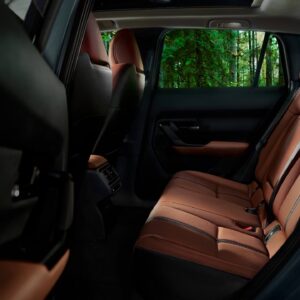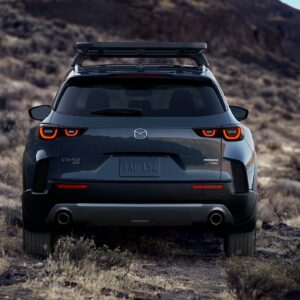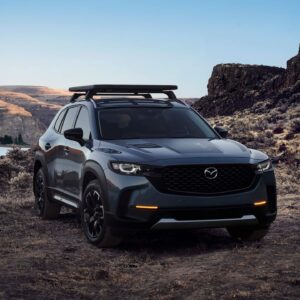Mazda USA already had a compact crossover in the CX-5, but the Zoom-Zoom company believes there’s room for one more. Meet the CX-50, a larger family hauler serving as a more spacious offering in the same way as the CX-30 slots above the CX-3. It adopts the sharp styling we’ve come to expect from the Japanese brand, even though the company claims it’s a completely new vehicle.
It’s set to enter production in January 2022 at the new Huntsville, Alabama plant built together with Toyota. As with all CX models going forward, the CX-50 is going to be offered with standard all-wheel drive. In the beginning, it will be sold only with conventional gasoline engines, namely a naturally aspirated 2.5-liter unit or a turbocharged mill with the same displacement. Both will be linked to a six-speed automatic transmission.
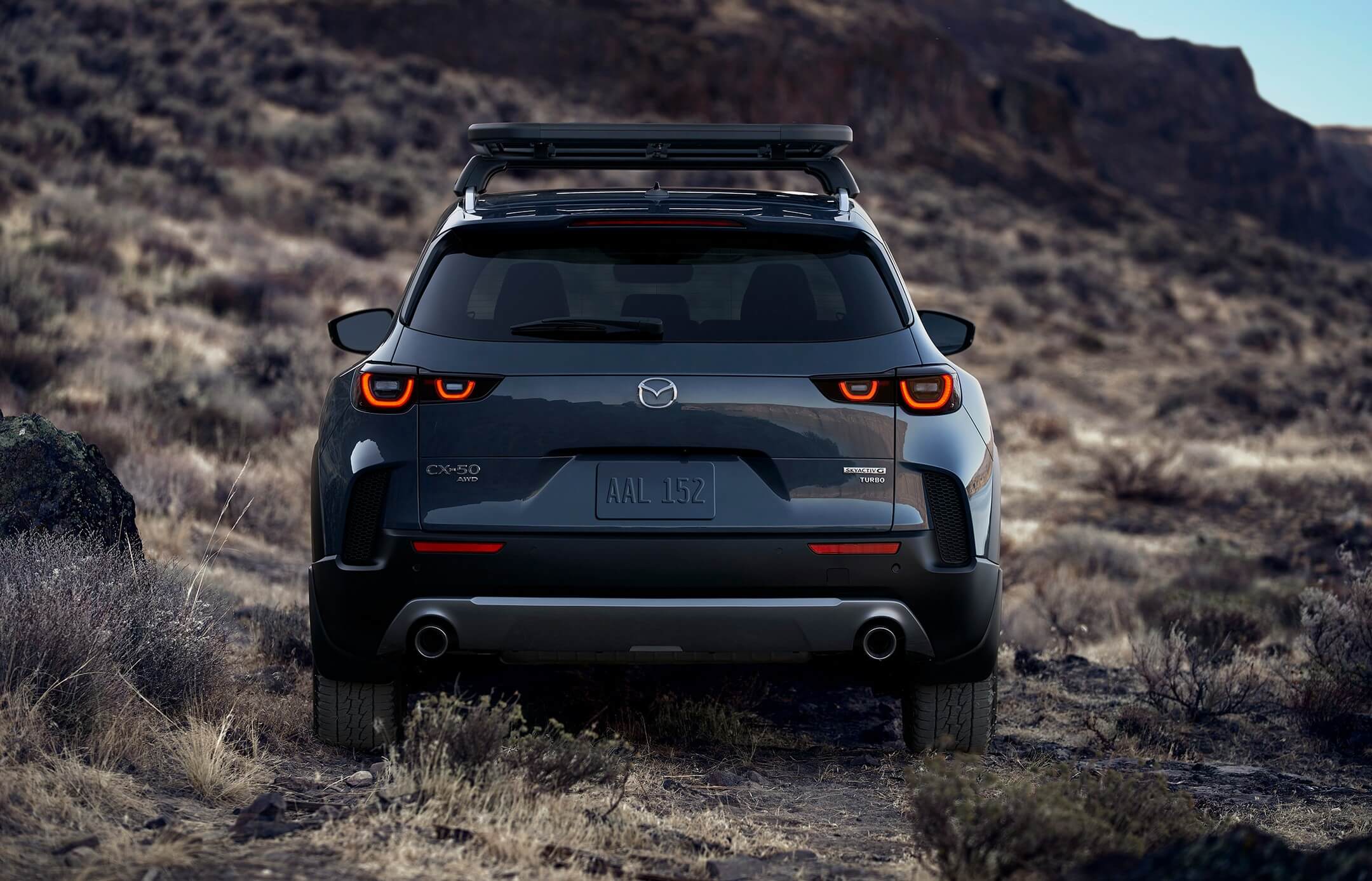
Further down the line, a hybrid CX-50 will follow, but it’s unclear when it will arrive during the compact crossover’s life cycle. We do know it’s going to feature a “traditional hybrid” setup, which likely means it won’t be a mild hybrid or a plug-in hybrid. Mazda promises that additional details about the electrified model will be announced in due course.
The CX-50 is being marketed as a more rugged-looking alternative to the CX-5 thanks to the chunky plastic body cladding on the square wheel arches, while the addition of a roof rack accentuates the crossover’s outdoorsy nature. The company claims it has reinforced the B-pillars and door jambs, along with adding a panoramic moonroof, making its debut on a Mazda product.
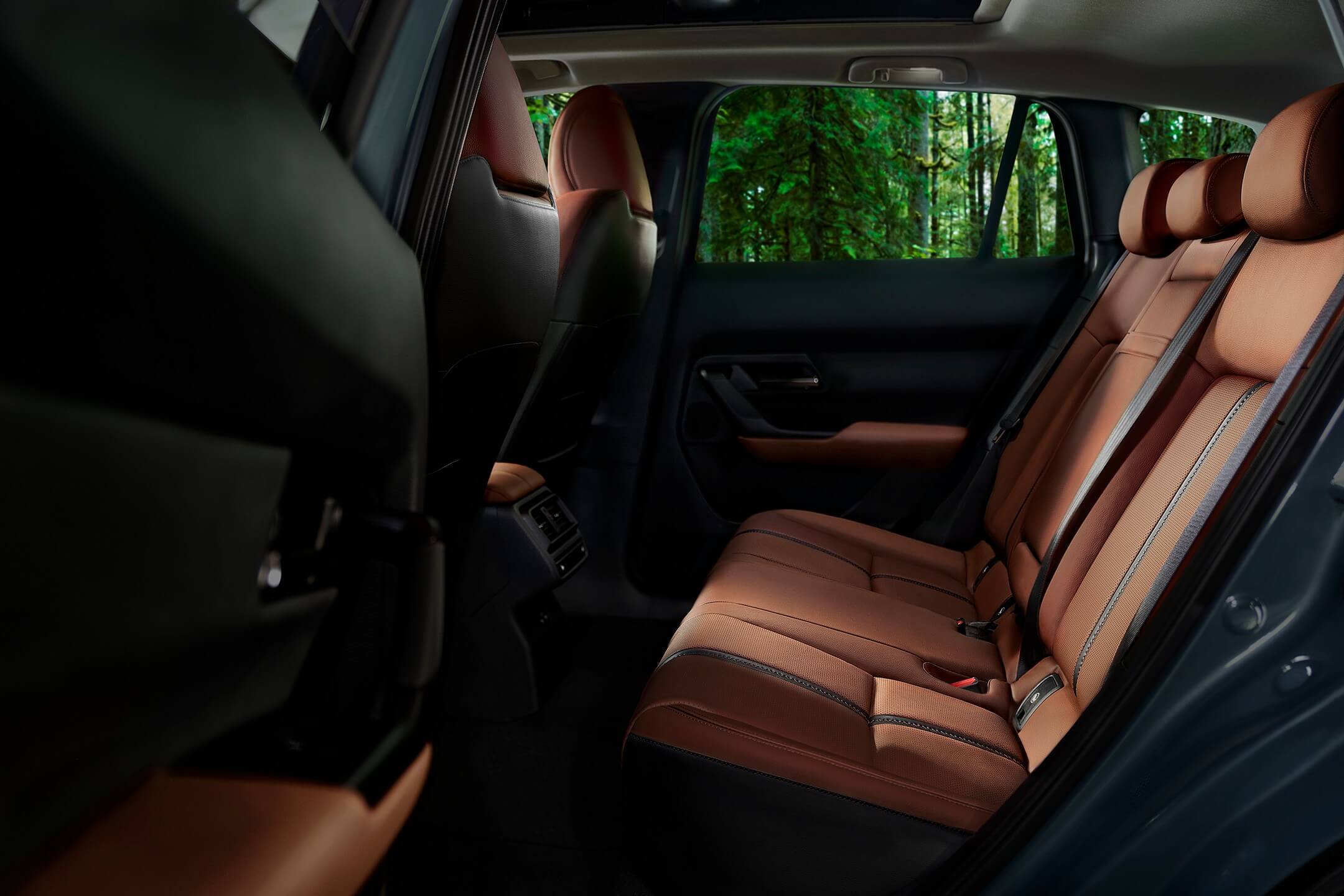
It’s worth noting the CX-50 is kick-starting an SUV onslaught as CX-60, CX-70, CX-80, and CX-90 models will follow on a new rear-wheel-drive platform with inline-six gasoline and diesel engines developed with electrification in mind. These will come in mild-hybrid and PHEV configurations, with the two-row CX-70 and three-row CX-90 coming to the US with wider bodies. Their equivalent narrow-body siblings, CX-60 and CX-80, are earmarked for Europe. All four are slated to hit the market within the next two years.
Source: Mazda

